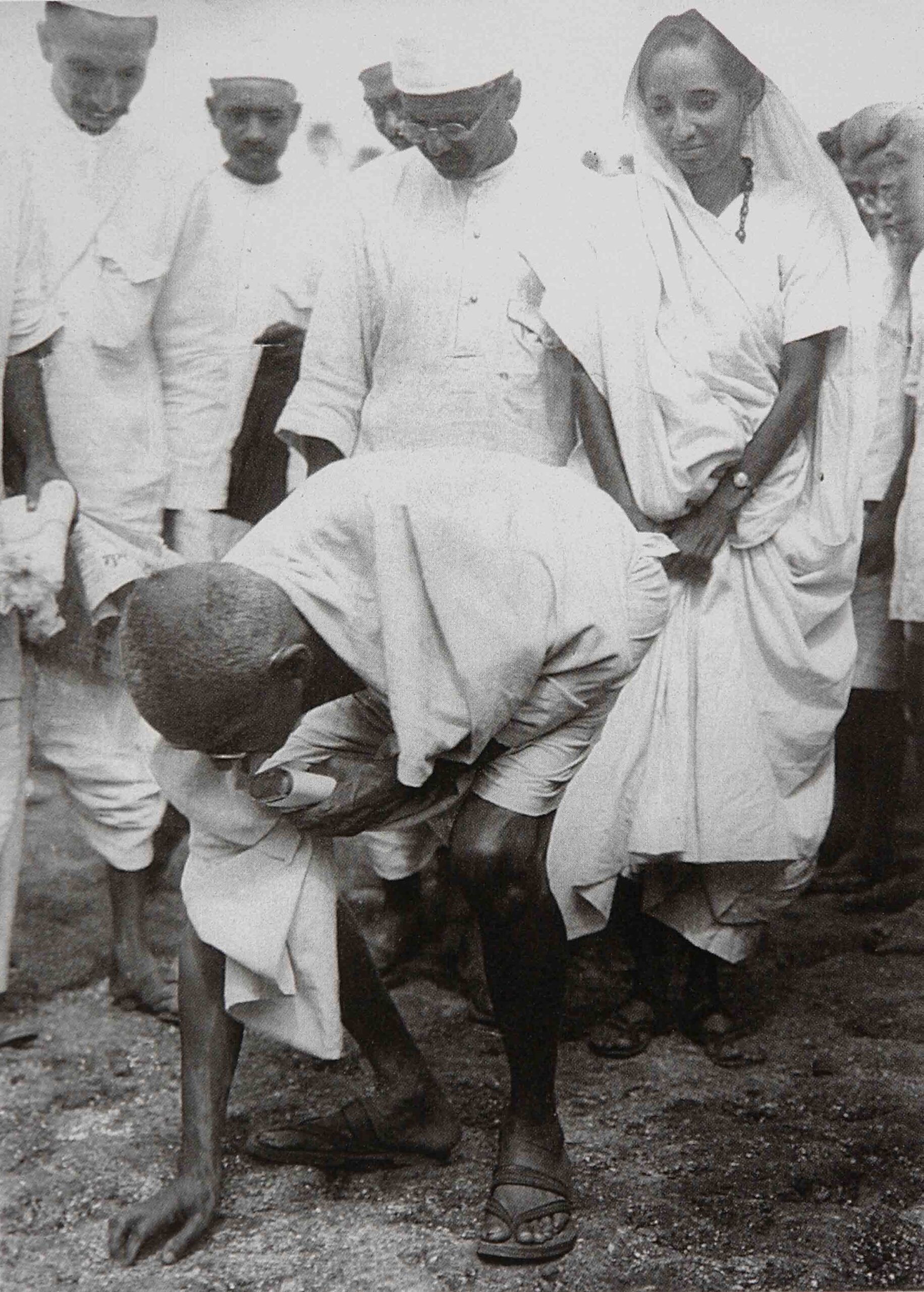
Nurse watching over expectant mother by timefornurses, on Flickr. Photo used with Creative Commons license – Attribution.
In a country where nearly 33 percent of the population live under the poverty line, and where there is a rising unemployment rate, the drive to migrate for a better job and a better life remains a strong option for Filipinos.
Here is a classic story. Right after finishing her bachelor’s degree in nursing, Linda flew to Canada to work as a caregiver at age 22. She did not bother taking her licensing exam or practicing the nursing profession in the Philippines in the hope that she would get brighter rays of the sun in the Americas to have a greener pasture. In the Philippines, a nurse has an average salary of $400 per month, whereas a caregiver in Canada earns about $2,000 a month or more. Like Linda, thousands of Filipino women and men choose to work abroad to support their families’ needs.
The Philippines is one of the biggest sources of migrant labor serving the global economy. As much as 4,000 workers leave the Philippines each day, most of whom work in gendered occupations, such as nursing, domestic work, and entertainment. Many Filipinos migrate because they are able to earn higher wages abroad. They are largely driven by the financial needs of their families for whom sending remittances home is considered to be the main goal.
However, many of them enter receiving countries as non-citizens where they settle for jobs that are largely considered as unskilled or low-status work. Many migrant workers rarely get the opportunity to attain higher-status jobs. Furthermore, many are poorly paid and are compelled to endure exploitative working conditions.
Escaping an unhealthy economy
Many Filipinos, however, do endure the risks of being exploited while working in another country so that their families could escape poverty in their own country, or so that they can provide for the medical needs and expenses of their ailing family members.
In the Philippines, poverty incidence is essentially unchanged at 28 percent. According to the IBON Foundation, the unemployment rate has remained 11 percent in the last six years. The annual average number of unemployed Filipinos reached 2.8 million in 2012.
Clearly, the poverty situation will not improve without enough jobs for the people. With poverty, people`s health inevitably deteriorates.
The World Health Organization prescribes that at least five percent of the Gross Domestic Product (GDP) of a middle-income country must be spent on health. However, the Philippine government allocates only 2.2 percent of the national budget to health. Total health expenditure in the Philippines is only 3.7 percent of the GDP. With a population of 95 million, the estimated health budget for a person is only about $6 per year or a measly 20 cents per day. (Council for Health and Development, 2010)
Many Filipinos still become sick with preventable diseases. The Philippines is still ranked 9th out of the 22 countries burdened with Tuberculosis (World Health Organization). Among the women, 11 mothers are dying every day due to pregnancy and childbirth related complications. Maternal deaths comprise as much as 14 percent of all deaths of women of reproductive age (Philippines, Department of Health).
Among poor people, only two out of 10 have access to free health care and only three out of 10 are covered by social health insurance. Due to poverty, six out of 10 poor Filipinos die without being able to see a doctor. (IBON Foundation, 2010)
Among the health professionals, the responsibility and the difficulty of the job does not match their salary. For instance, a nurse who earns only $400 a month is charged with taking care of at least 50 patients. Because of the lack of government efforts to provide incentives, medical practitioners and health care providers often choose to work in a foreign country. About 70 percent of nurses and 68 percent of Filipino doctors are currently abroad. (Council for Health and Development)
To make the matter worst for the health situation of the people, the Philippine government has embarked on the privatization of health services, which has been on-going since the onset of this decade and has taken various forms and levels, such as hospital corporatization, privatization of hospital services such as laboratory work, conversion of public health facilities for other purposes, and outright sale of hospitals. The idea here is for the government to raise the revenues for their health services, such as charging higher fees, and generate the resources for the hospitals’ modernization through entering into partnerships with private corporations.
At the same time, the government has cut its budget for health while allowing private corporations to enter the business of the health care industry. This has made health care services become more expensive and public health is being compromised. Obviously, the ones who will benefit are only those who can pay for such services. Thus, health care becomes more inaccessible to the people and the masses suffer further.
Feminization of migration: The Filipino women healthcare workers in Canada
Of the one billion people crossing national borders as migrant workers, 72 percent are women. It is estimated that 60 million women from poorer countries are recruited into care work for employment in wealthier nations every year. (UNPAC)
In North America and Europe, women from South America and Asia work in the homes of rich people so they can send money back to their families in their home countries. Many domestic workers leave their children and families behind choosing to care for others’ children in order to feed their own. However, many domestic workers share common experiences of receiving low wages, long working hours, verbal abuse, being forced to act in roles of servitude, heavy work demands, loneliness, homesickness, the denial of having their own family life, racism, and vulnerability to sexual abuse and HIV. (UNPAC)
It is estimated that between 6 and 8 million Filipino women are living abroad, the majority of whom are working as domestic workers. In Canada, many of the women enter as temporary workers in the Live-in Caregiver Program.
In the 1960s, the first large group of Filipinos to arrive in Canada were mainly professionals who had earned university degrees. But in the early 1980s, the next big wave coincided with the movement to import domestic workers and live-in caregivers, primarily women with lower educational levels, as reported by Joe Friesen in the Globe and Mail (April 5, 2010). According Friesen’s article, the Filipinos now dominate the caring industry in Canada. The Live-In Caregiver Program, which brings in nannies and care-workers for children and the elderly, is consistently more than 90 percent Filipino.
There is another angle here. From a racist stereotypical outlook, Filipino women are preferred to be hired as caregivers because they are viewed to be compliant, less resistant and hard workers. These pre-conceived notions regarding Filipino women also means that they are usually more subjected to exploitation.
Being overworked, Filipino caregivers are also prone to sickness. In many cases, they are not allowed by their employers to take some days off whenever they feel low in health. They are still obligated to do household tasks and other domestic chores even if they are down with flu or body aches. In most instances, they cannot not see a doctor right away to check their conditions. There are many stories of Filipino caregivers who have suffered from cancer while serving in the 24-month program or right after they finish their contracts. Because of physical and emotional fatigue, caregivers have a high risk of the deterioration of the immune system which leads to sickness.
Caregiving services and the aging population
Canada has always had a chronic shortage of people willing to take paid domestic work because of its poor status, low wages and lack of employment benefits. This means that Canada is always looking for foreign workers willing to do domestic work. Hiring private care has become a particularly appealing alternative for professional Canadian women who can afford to pay for their household responsibilities. (Kapiga 2009)
As explained by Kapiga’s study (2009), this seemingly constant flow of Filipina live-in caregivers into Canada is due to the never-ending demand from middle and upper class Canadians for private healthcare as opposed to reliance on the public healthcare system.
Faced with an aging population and rising healthcare costs, Canada has to adapt to meet changing health care needs. Concerns have been raised that Canada’s health care system will be unable to meet the growing health care needs of this aging population. (CIHI)
In contrast to the Philippine situation, here in Quebec, 80 percent of the population use the healthcare system each year. At 12 percent of Quebec’s economy, health care is the most important sector. (Joe Friesen, Globe and Mail, April 5, 2010)
However, the baby-boomers who comprise the biggest chunk of Quebec’s population, have started to reach their retirement age — a time when they will work less and begin to use more health-care services. The government has started to compress its compensation to providers of health services. It already spends less per person on doctors and hospitals, and in total public-health spending. (Colin Busby and William Robson, Montreal Gazette, February 14, 2013)
On the other hand, Quebec also faces a shortage of health care professionals. Nurses continue to be in high demand throughout Canada, and the need is more pronounced in Quebec. According to the Citizenship and Immigration Canada (CIC), Quebec has become Canada’s newest healthcare hotspot. The Canadian Nurses Association predicts that if healthcare needs continue to rise at current rates, the country will need 60,000 nurses to fill its labor shortage by 2022. One of the main reasons cited for this shortage is an aging population that is increasingly in need of health services.
In the research by Kabiga, she proposed a reform that would benefit both the Canadian health sector and the Filipino nurses who have entered the live-in caregiver program. The study recommended that Filipino caregivers should be allowed to continue practicing their nursing profession once they have their open permits upon completion of their 24-month requirement. This would be on the condition that they complete a one-year program or paid internship during which they become familiar with the Canadian health system and be equipped to take the Canadian nursing exam. Upon successfully passing the exam, they would be licensed to work in any Canadian hospital.
The study by Kabiga illustrated that this is highly plausible, as it has been done in the past during the 1960’s and 1970’s when Filipino nurses and teachers were allowed to migrate to Canada and continue working in their professions. Their skills and education were being recognized then.
This recommendation would improve the socio-economic situation of these women caregivers and they would be an asset to the Canadian workforce and economy.
In the case of Linda, after completing her 24-month live-in caregiver program, she applied to work as administrative assistant in a toy company, and then later on in a call center. She is now enrolled in a certificate course to become a dental assistant. She might not have chosen to take a chance to practice her nursing profession here in Quebec. Nevertheless, she is pursuing her goal to be in another health profession.
References
Bindra, Tanya Kaur. “The misery of migrant workers: Overseas workers from the Philippines continue to face abuse and hardship as the UN marks International Migrants Day.”Al Jazeera online edition. December 18, 2012 http://www.aljazeera.com/indepth/inpictures/2012/12/20121217981786357.html
Busby, Colin and Robson, William. “How Quebec can address rising health-care costs.” Gazette online edition. February 14, 2013 http://www.montrealgazette.com/news/Opinion+Quebec+address+rising+health+care+costs/7965614/story.html
Canadian Institute for Health Information (CIHI). Health care in Canada, 2011: Focus on seniors and aging. https://secure.cihi.ca/free_products/HCIC_2011_seniors_report_en.pdf
Council for Health and Development. 2010. “Health Situation: Under New Government, Same Old Defects.” Published in Tambalan online edition. Accessed on June 6, 2013 via http://www.tambalanonline.chdphilippines.org/Health%20Situation_Under%20New%20Government,%20Same%20Old%20Defects.htm
Friesen, Joe. “The Philippines now Canada’s top source of immigrants.”The Globe and Mail. March, 18 2011. http://www.theglobeandmail.com/news/national/the-philippines-now-canadas-top-source-of-immigrants/article573133/
Ibon Foundation. 2013. The Deceit of Good Economics and Good Governance. Quezon City, Philippines.
Kapiga, Isabelle. 2009. Unpublished thesis. Agents of change, colours of resistance: the socio-economic integration of Filipina live-in caregivers in Montreal. Concordia University, Quebec, Canada.
Simpson, Jeffrey. “In Quebec, health care is no longer a free ride.” The Globe and Mail online edition. April 05 2010 http://www.theglobeandmail.com/commentary/in-quebec-health-care-is-no-longer-a-free-ride/article1366612/
Umil, A. and Oliveros, B. 2013 “Health for Sale.” Published in Bulatlat online magazine. Accessed on June 6, 2013 via http://bulatlat.com/main/2013/01/05/health-for-sale/
United Nations Platform for Action Committee (UNPAC). Globalization and Migration. http://www.unpac.ca/economy/g_migration.html







